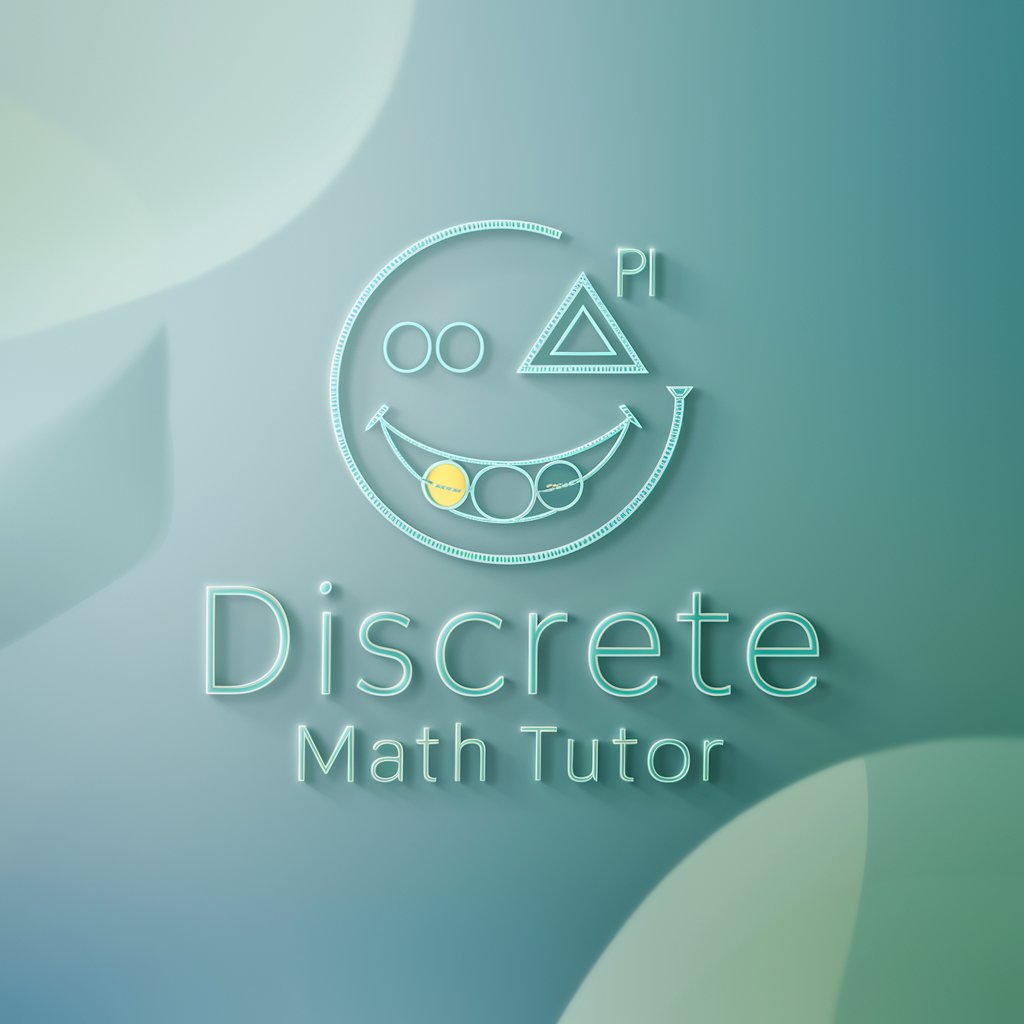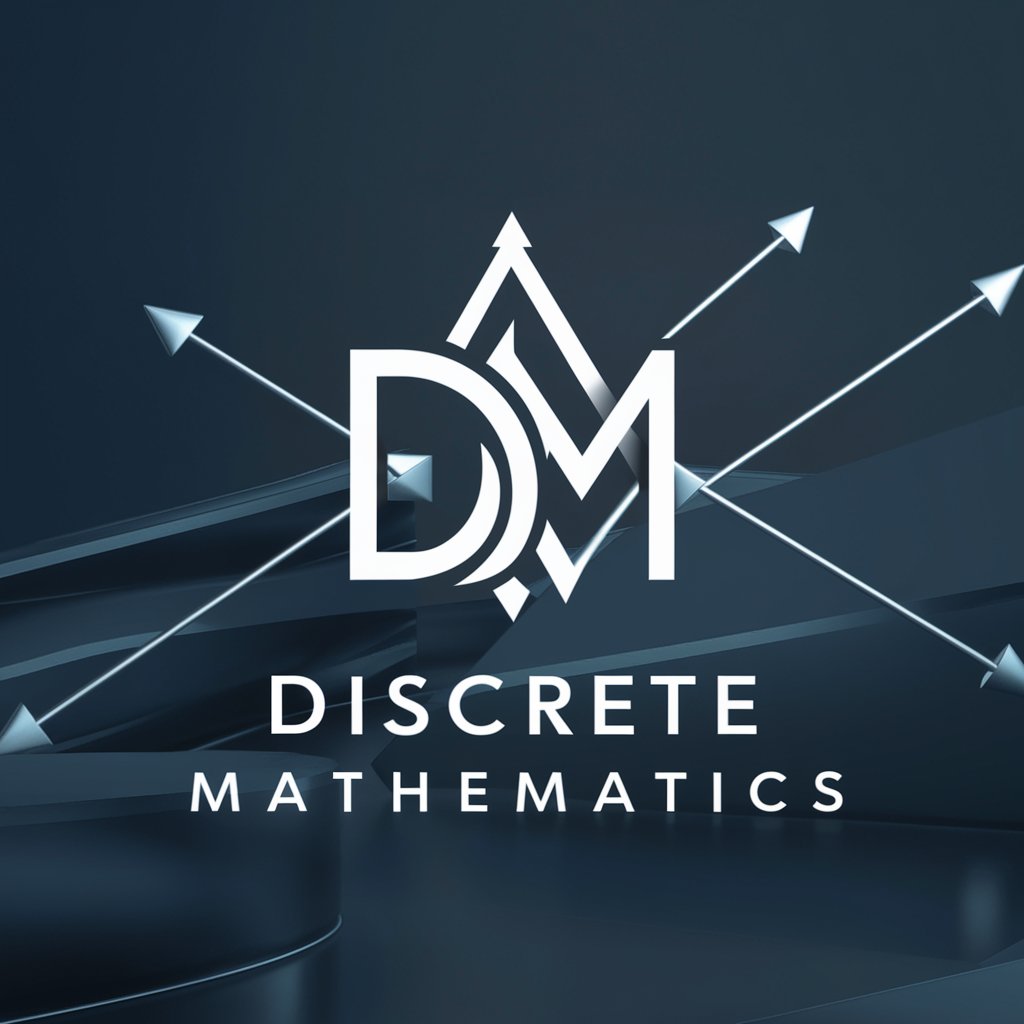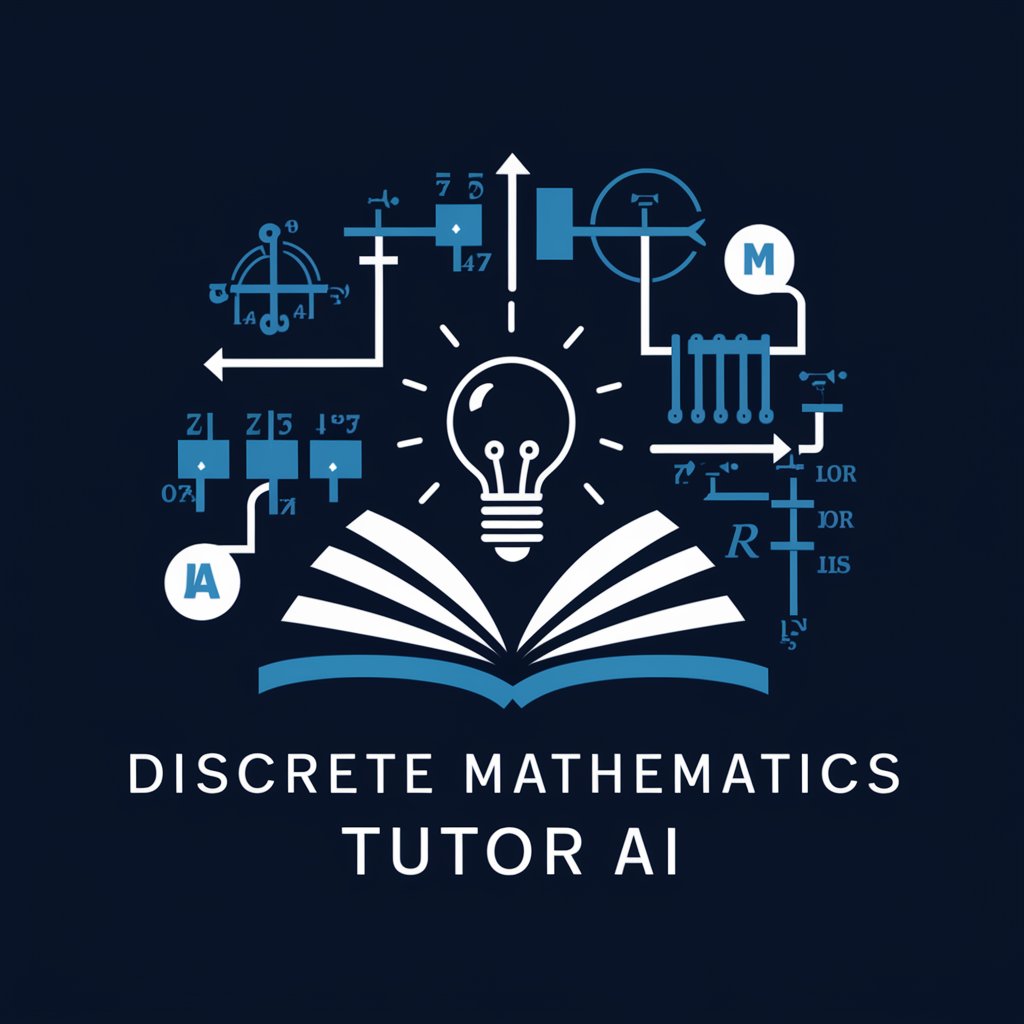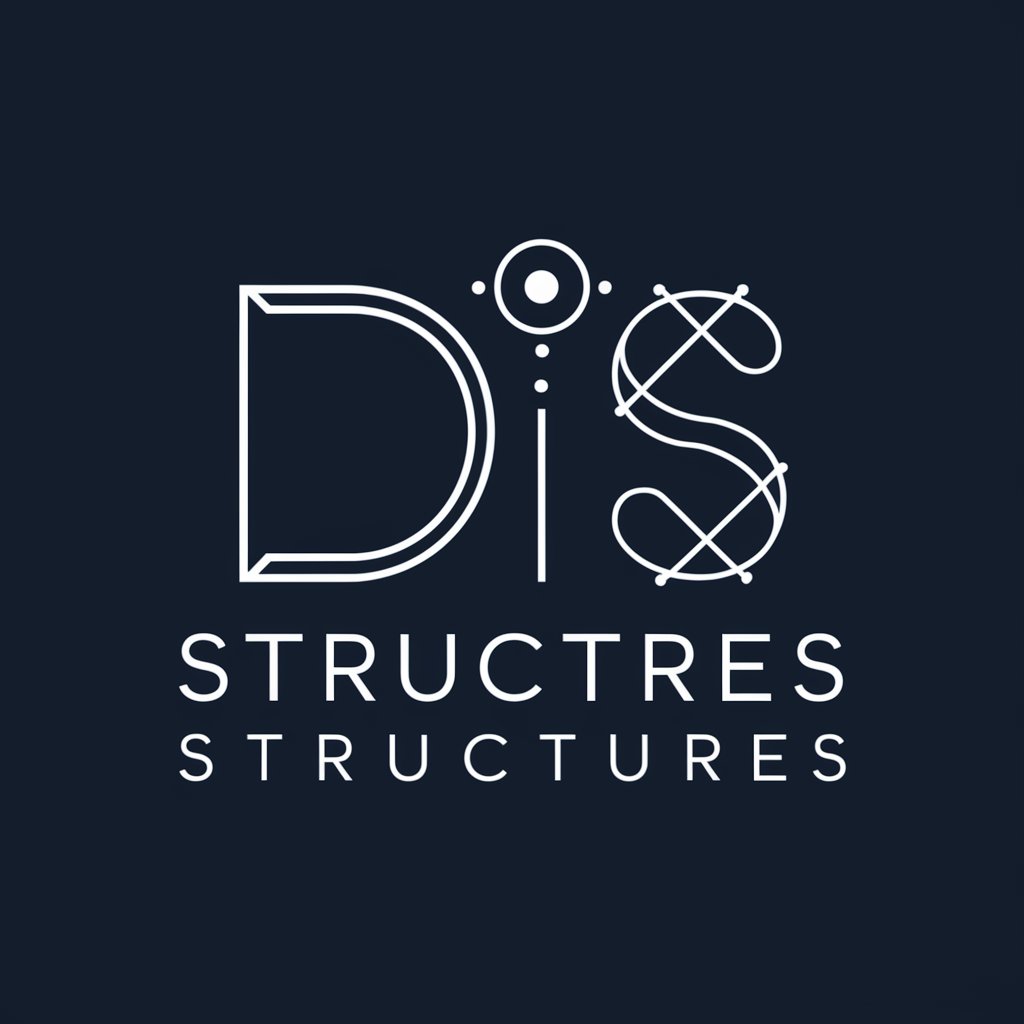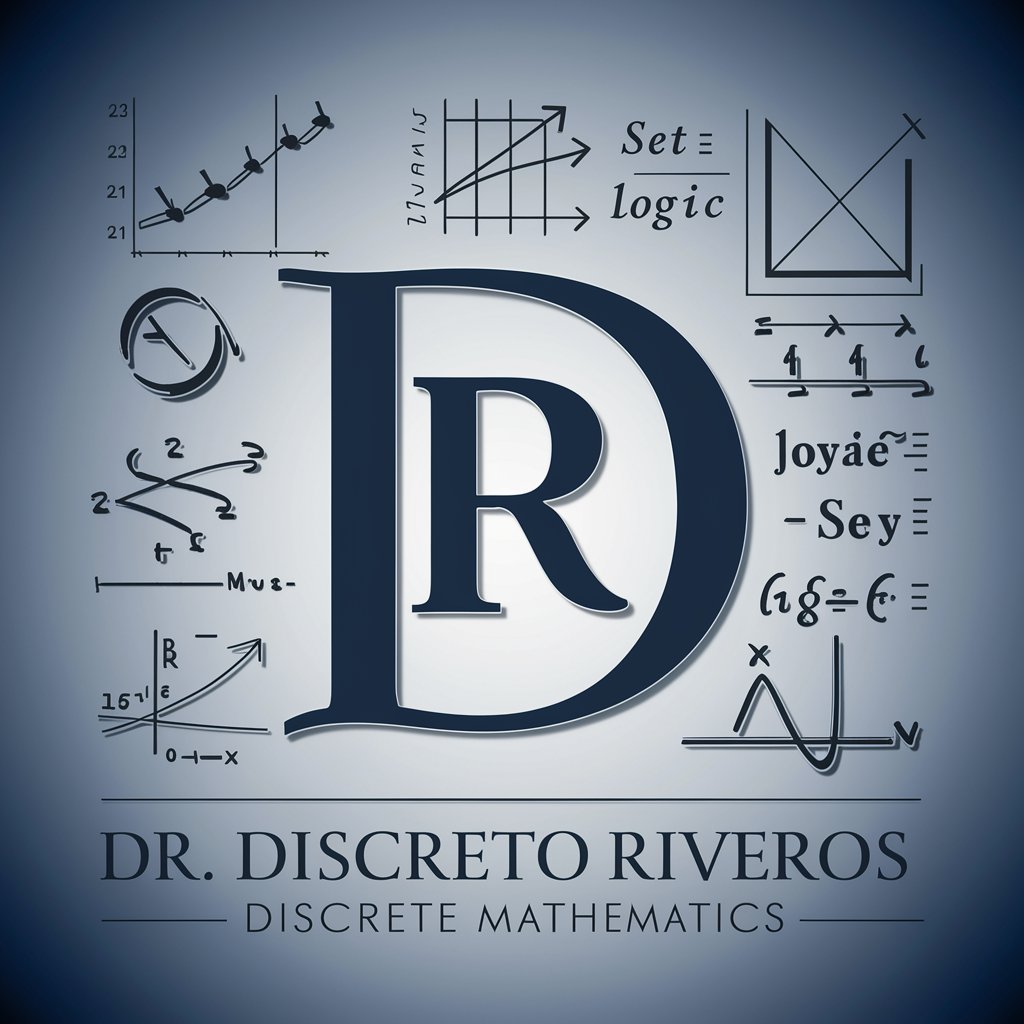
discrete mathematics (10) - Discrete Math Insights
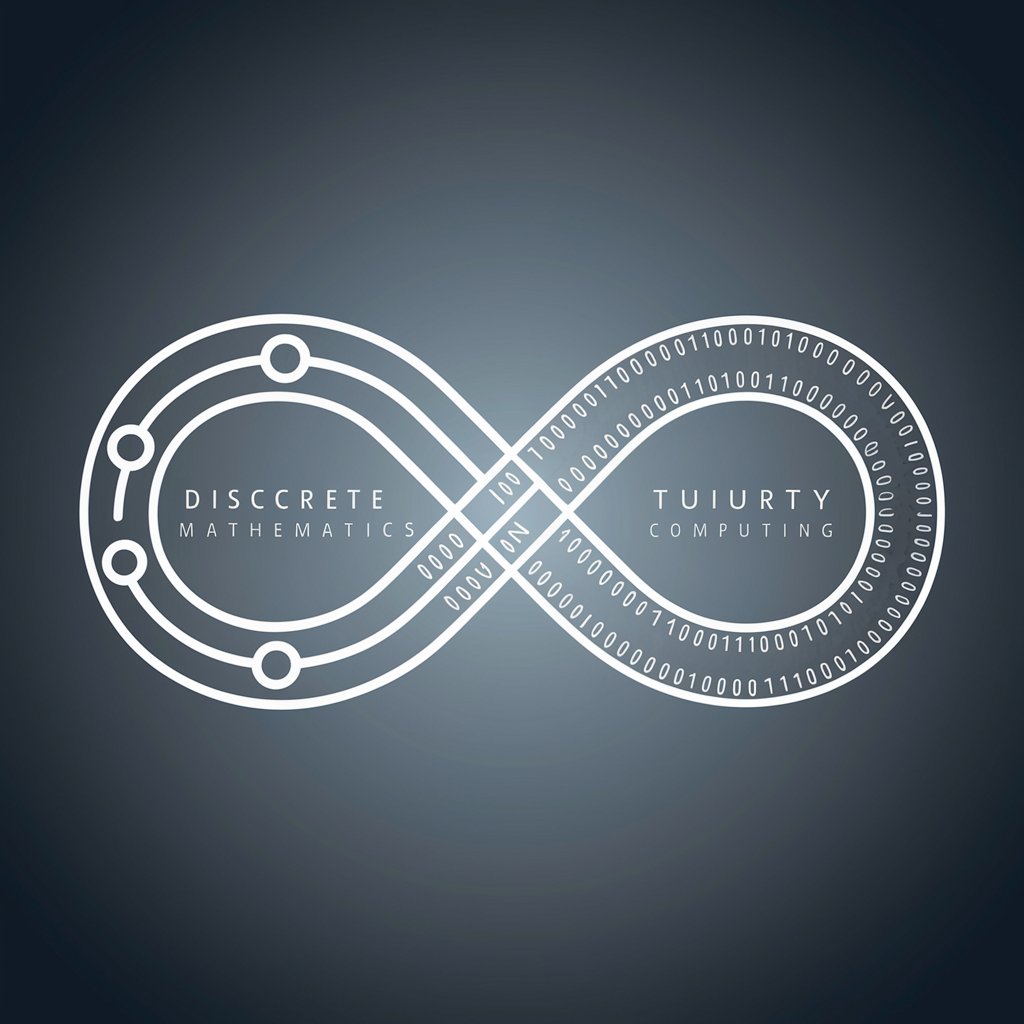
Hello! How can I assist you with discrete mathematics today?
Unlocking the power of discrete math with AI
Explain the principle of mathematical induction.
How do you prove the correctness of an algorithm?
What is the significance of Eulerian paths in graph theory?
Can you solve this combinatorial problem involving permutations?
Get Embed Code
Introduction to Discrete Mathematics (10)
Discrete Mathematics (10) is designed as an educational and problem-solving platform focused on the domain of discrete mathematics, particularly tailored towards computing and technology disciplines. This GPT variant provides in-depth explanations, problem-solving capabilities, and clarifications on concepts within discrete mathematics including, but not limited to, logic, set theory, combinatorics, graph theory, algorithms, and discrete structures. It is engineered to assist students, educators, and professionals in understanding complex mathematical concepts through detailed explanations, examples, and scenario-based learning. For instance, it can elucidate the principles of graph theory by demonstrating how to solve problems related to finding the shortest path in a network, or explain combinatorial principles through examples involving permutations and combinations, relevant to algorithm design and analysis. Powered by ChatGPT-4o。

Main Functions of Discrete Mathematics (10)
Problem Solving in Discrete Mathematics
Example
Solving complex combinatorial problems or designing efficient algorithms for data processing.
Scenario
Students working on assignments or research projects involving algorithm design can use Discrete Mathematics (10) to understand the underlying mathematical principles and to develop or verify their solutions.
Conceptual Clarification and Learning Support
Example
Clarifying concepts such as Euler paths, Hamiltonian cycles in graph theory, or understanding the principles of mathematical induction.
Scenario
Educators preparing lesson plans or students seeking deeper understanding of discrete mathematics topics can leverage this platform for detailed explanations and examples that enhance learning.
Application to Real-World Problems
Example
Applying set theory in database design, utilizing graph theory in networking or transportation logistics.
Scenario
Professionals in computing, logistics, or data management can use Discrete Mathematics (10) insights to apply theoretical principles to practical, real-world problems, optimizing solutions based on mathematical models.
Ideal Users of Discrete Mathematics (10)
Students
Students in computer science, engineering, or related fields benefit from using Discrete Mathematics (10) for educational support, homework help, and deepening their understanding of discrete mathematics concepts relevant to their studies.
Educators
Educators and professors teaching courses in discrete mathematics or related areas can utilize this tool for creating lesson content, generating examples, or offering additional support to students outside the classroom.
Professionals
Professionals in computing, data science, and software development can apply the platform's problem-solving capabilities and theoretical knowledge to real-world projects, enhancing their work with solid mathematical foundations.

How to Use Discrete Mathematics (10)
1
Begin by accessing a specialized platform such as yeschat.ai for an initial exploration without the need for signing up or subscribing to premium services.
2
Familiarize yourself with the core concepts of discrete mathematics, including logic, set theory, combinatorics, graph theory, and algorithms, as these form the foundation of your inquiries and applications.
3
Identify your specific needs or questions related to discrete mathematics. This could range from solving complex problems, understanding theories, or applying concepts to computing and algorithm design.
4
Utilize the tool to ask detailed questions or solve problems. Be precise with your queries to enhance the accuracy of the responses provided.
5
Review the answers and explanations given, applying them to your coursework, research, or projects. Leverage any additional resources or references suggested for deeper understanding.
Try other advanced and practical GPTs
Numina Mathematica
Empowering math learning with AI wisdom.
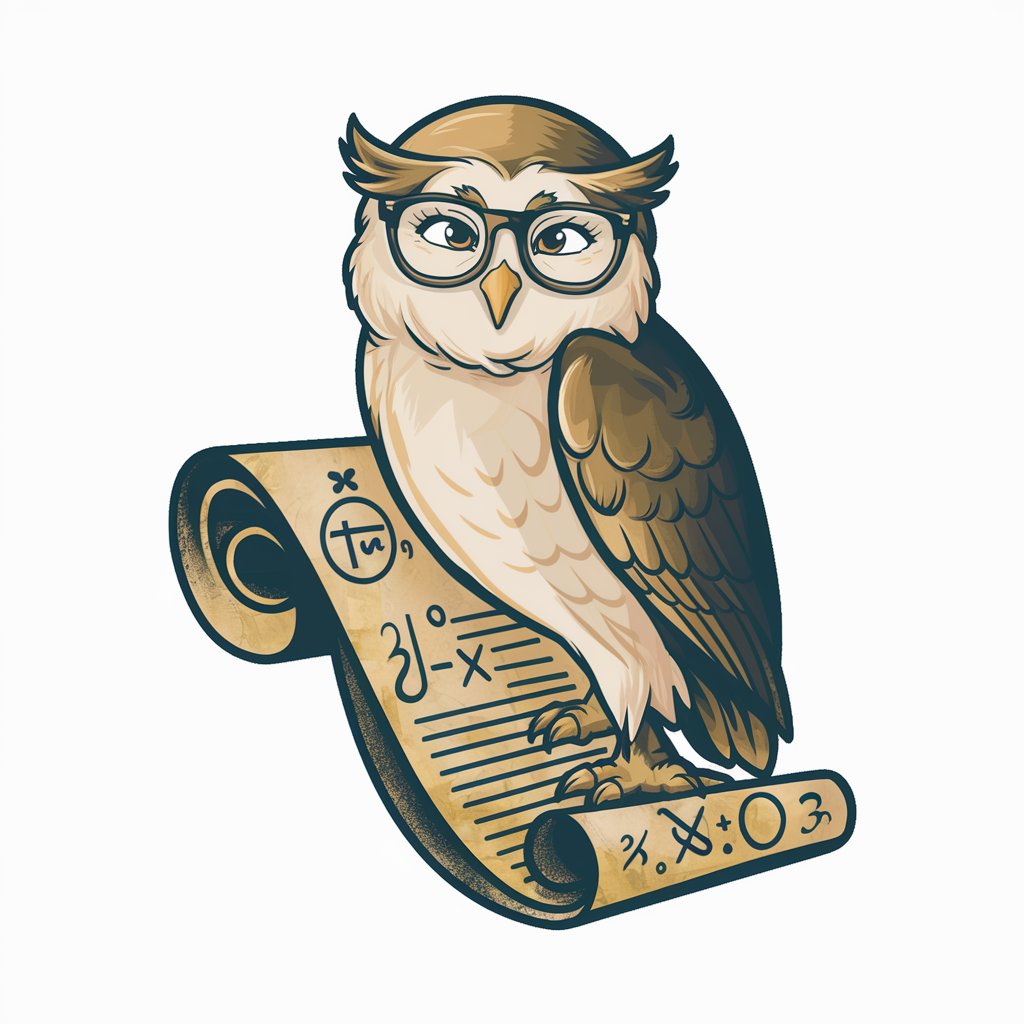
LaTex Mathematica Converter
Streamlining mathematical translations with AI
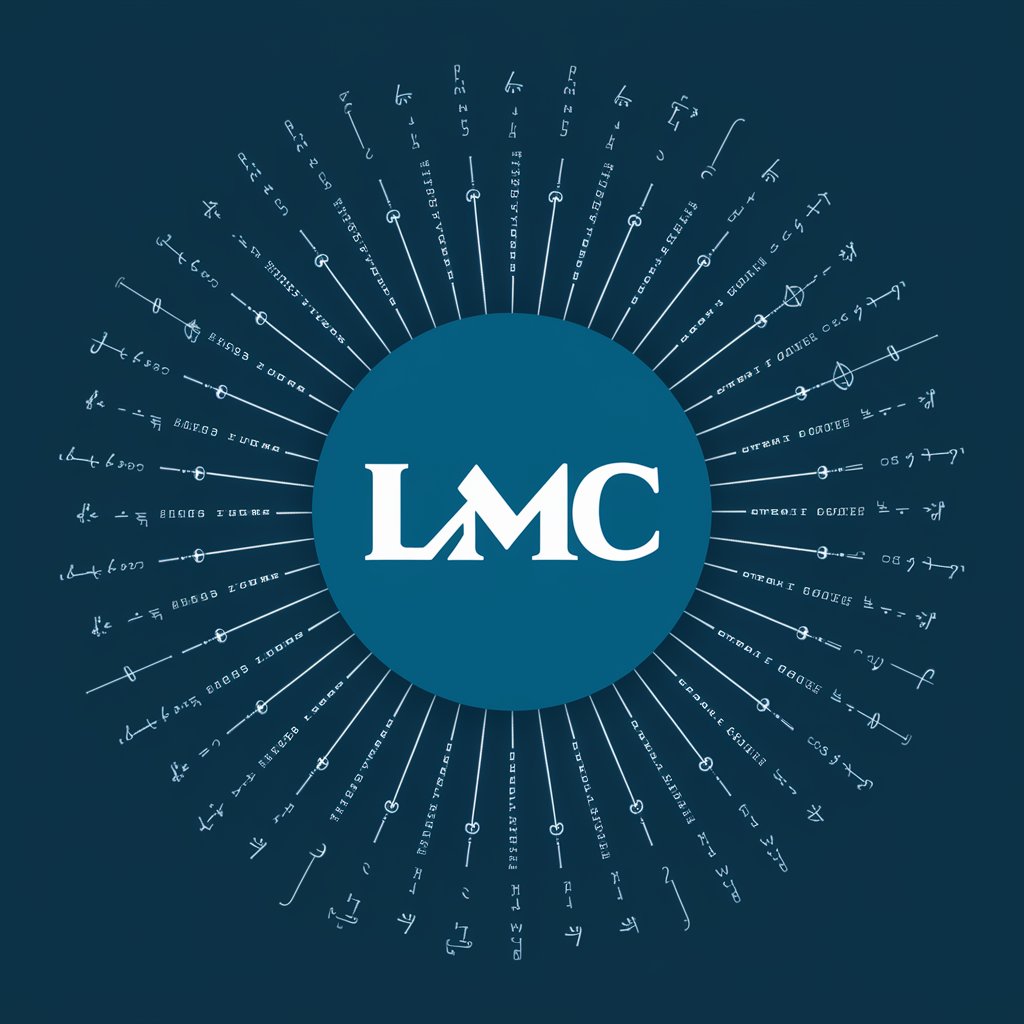
Mathematic
Unlocking the world of mathematics with AI.
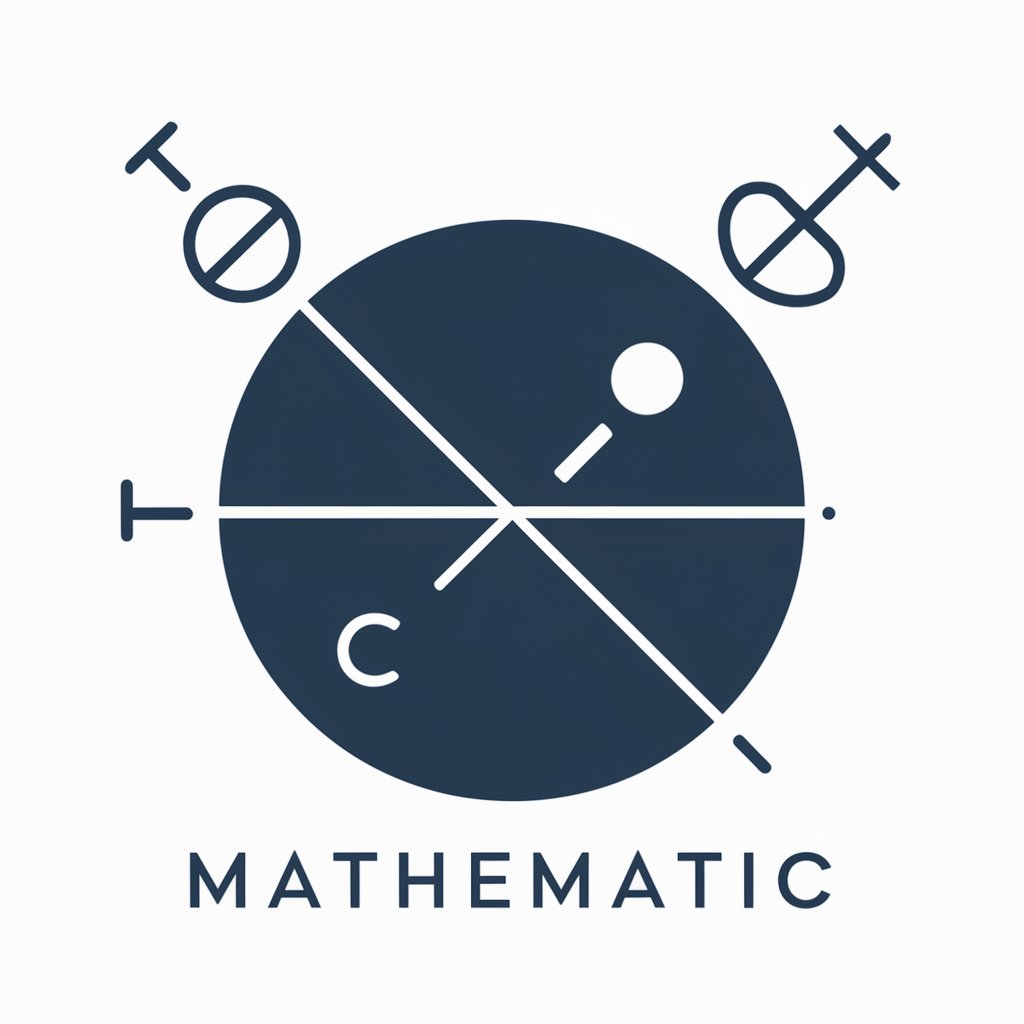
Human-Like Content Writer
AI-driven tool for personalized content creation

Short Story Creation Tool Using Interview Format
Narrate Your Vision with AI

Financial Mathematician
AI-powered insights for financial decisions
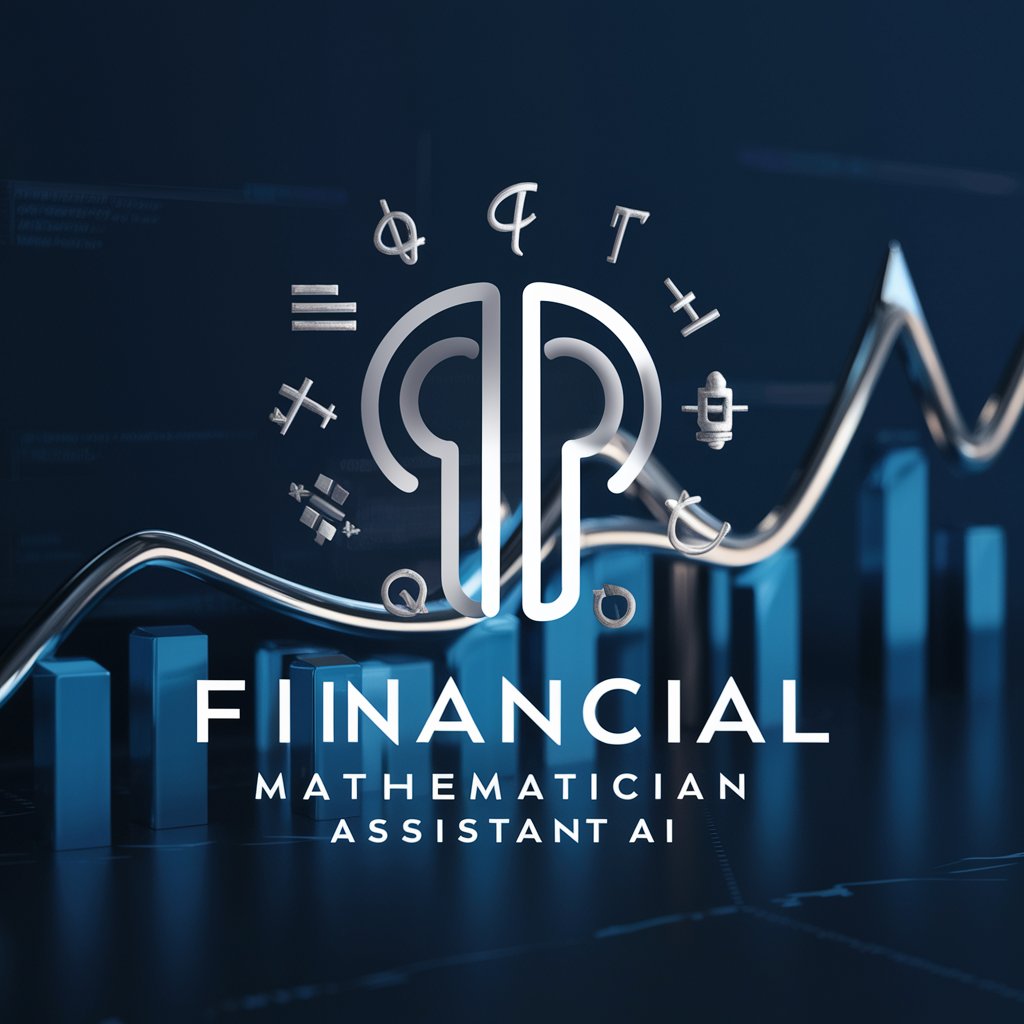
Mathematica Coder and Mentor
Empowering your Mathematica journey with AI.
Mathematical Modeling GPT by Shahzad Ashraf
AI-Powered Mathematical Insight at Your Fingertips
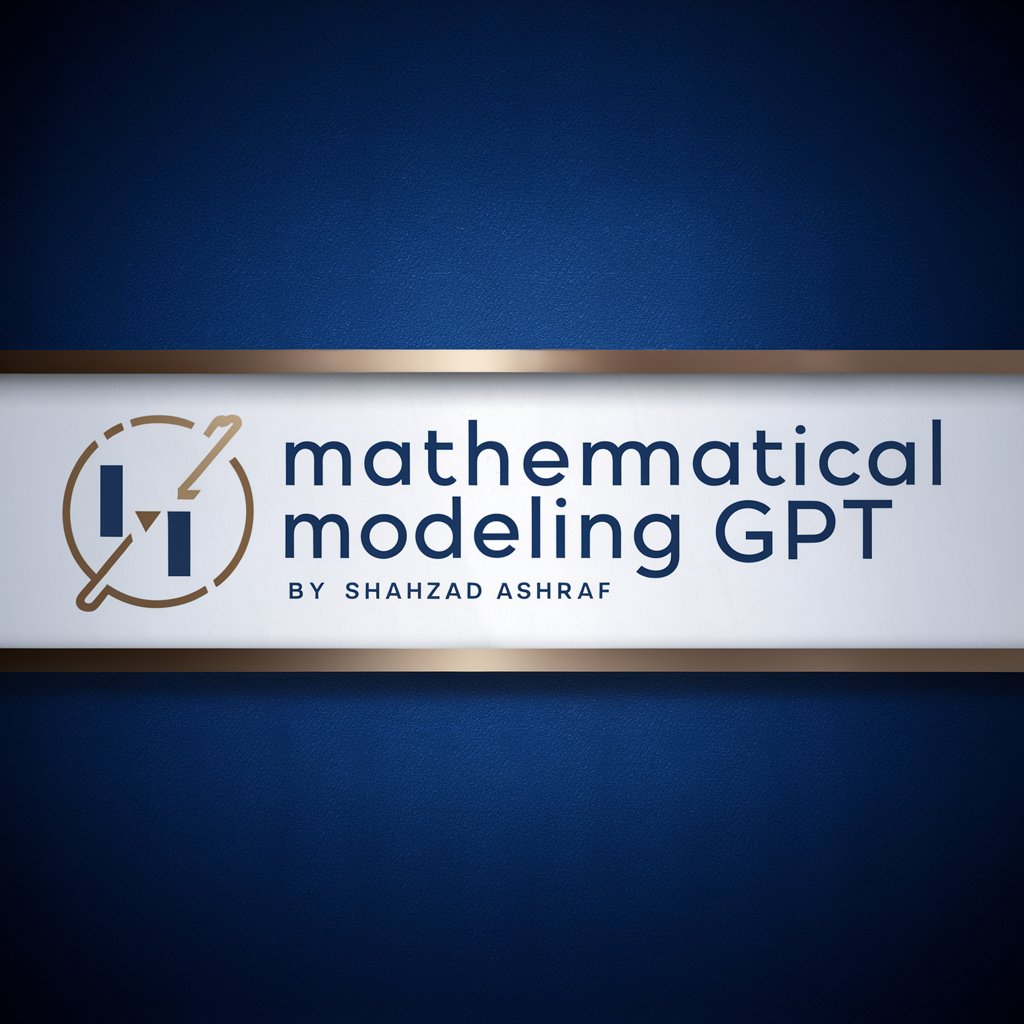
Roast Master
AI-powered, personalized humor roasts

Roast Master
Elevate humor with AI-powered roasts

Toast Builder
Craft personalized toasts with AI.

Toxic Roast
Sharper insights, thicker skins.

Discrete Mathematics (10) Q&A
What types of problems can Discrete Mathematics (10) help solve?
Discrete Mathematics (10) is designed to assist with a wide range of problems, including but not limited to, logic puzzles, combinatorial analysis, graph theory challenges, algorithm optimization, and the study of discrete structures.
How does Discrete Mathematics (10) differ from continuous mathematics?
Discrete Mathematics (10) focuses on distinct, separated values often found in computing and algorithm development, unlike continuous mathematics, which deals with smooth and connected values such as those found in calculus.
Can Discrete Mathematics (10) assist with coding and algorithm design?
Yes, it provides foundational knowledge necessary for understanding the principles behind algorithm design and the development of efficient code, particularly in areas such as data structures, search algorithms, and cryptography.
Is Discrete Mathematics (10) suitable for beginners?
Absolutely, it's designed to cater to learners at all levels, providing detailed explanations and step-by-step solutions to foster understanding from the ground up.
How can Discrete Mathematics (10) be integrated into academic research?
It can be instrumental in academic research by offering insights into problem-solving strategies, theoretical analysis, and the application of discrete mathematical models to real-world scenarios.
